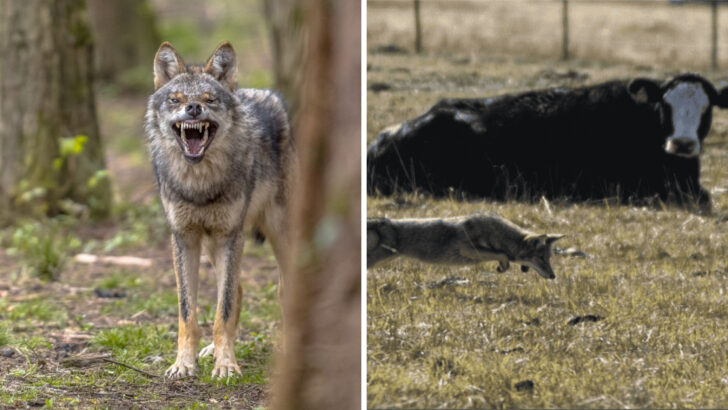In the wild heart of the American West, danger lurks in the shadows. Farmers and ranchers face a relentless battle—against wolves and coyotes hungry for livestock. These cunning predators are wreaking havoc on farms, turning peaceful pastures into battlegrounds.
From the vast plains of Wyoming to the rugged hills of Montana, livestock owners are fighting a losing battle. Attacks are frequent, and the stakes couldn’t be higher. For ranchers, every wolf and coyote that stalks their herds feels like a personal attack on their livelihood.
The list of states most at risk is eye-opening. In places like Idaho and Oregon, it’s not uncommon to see entire herds fall victim to these predators. It’s a brutal reality that’s forcing ranchers to rethink everything from fencing to firepower.
In this game of cat and mouse, the only thing certain is that the odds are stacked against farmers and ranchers trying to protect their livestock.
Wyoming
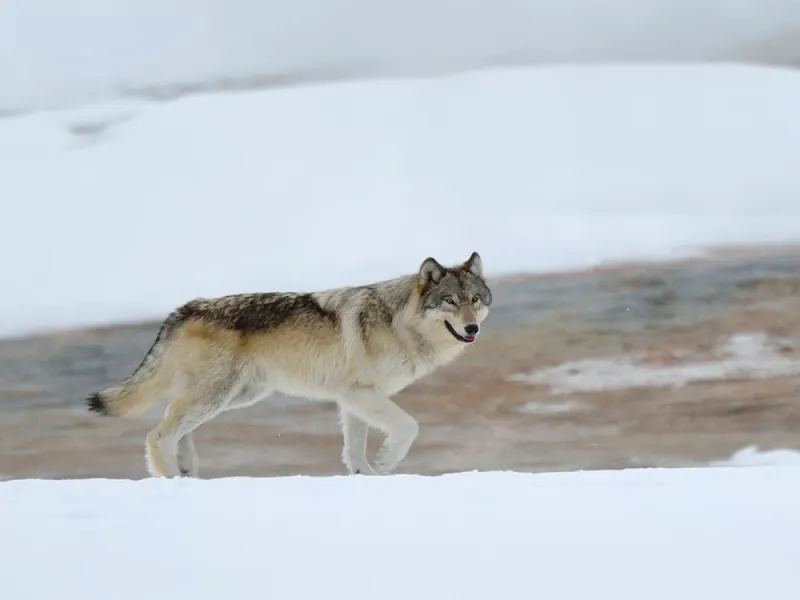
Wyoming, known for its vast open spaces and rich wildlife, has been a significant area for wolf and coyote attacks on livestock. The state’s farmers often report incidents involving these predators, particularly during the lambing season.
The rugged terrain and sparse population make it a challenging environment for livestock protection. Many ranchers have adopted innovative techniques, such as using guard animals like llamas, to deter predators.
These methods, combined with community efforts, aim to mitigate the impact of these attacks on the agricultural industry in Wyoming. Farmers remain vigilant, constantly adapting to the ever-present threat of these wild predators.
Montana
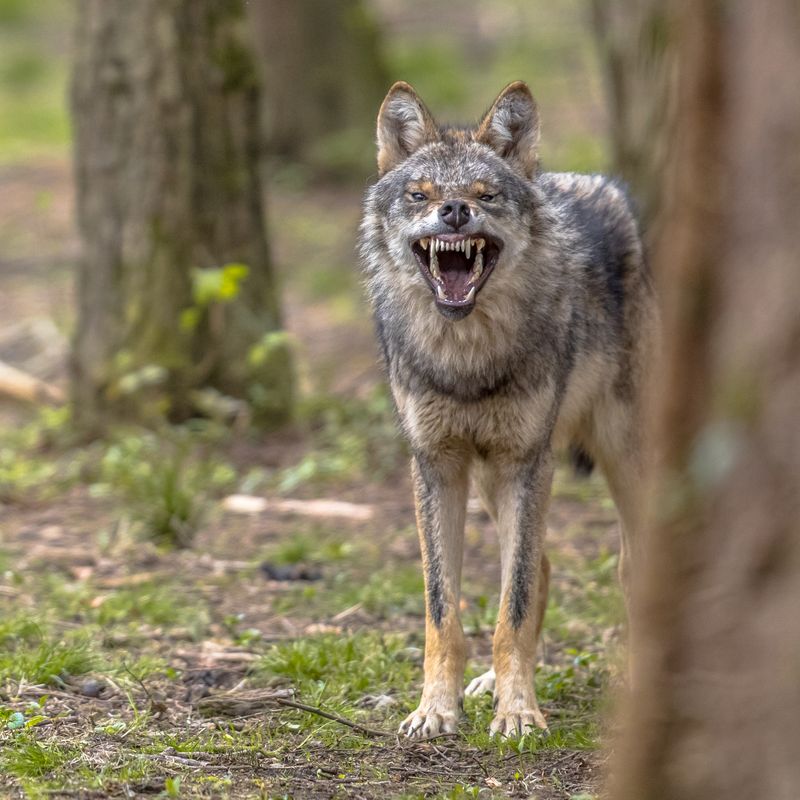
In Montana, the rugged landscapes and abundant wildlife create ideal conditions for wolves and coyotes. This state sees frequent reports of these predators targeting livestock, particularly cattle and sheep.
Ranchers face the ongoing challenge of protecting their herds from these agile hunters. Many have turned to advanced fencing and electronic deterrents to safeguard their animals.
Despite these efforts, the vastness of Montana makes it difficult to completely prevent attacks. The state’s agricultural community continues to seek new solutions and strategies to protect their valuable livestock from these persistent threats, ensuring their survival in this wild terrain.
Idaho
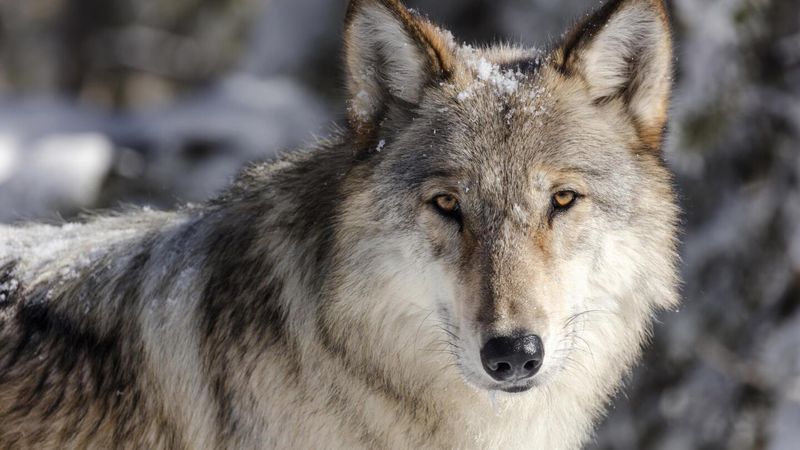
Idaho’s diverse landscapes, ranging from river valleys to mountains, provide a habitat for wolves and coyotes that often clash with local agriculture. Livestock losses due to these predators are a common concern for Idaho’s farmers.
Innovative measures, such as the use of range riders and guardian dogs, have been implemented to combat attacks. These methods aim to protect herds while maintaining the delicate balance between wildlife and agriculture.
Despite these efforts, the challenge remains significant, with ongoing reports of predation incidents. Farmers in Idaho remain proactive, seeking effective solutions to protect their livelihoods.
Minnesota
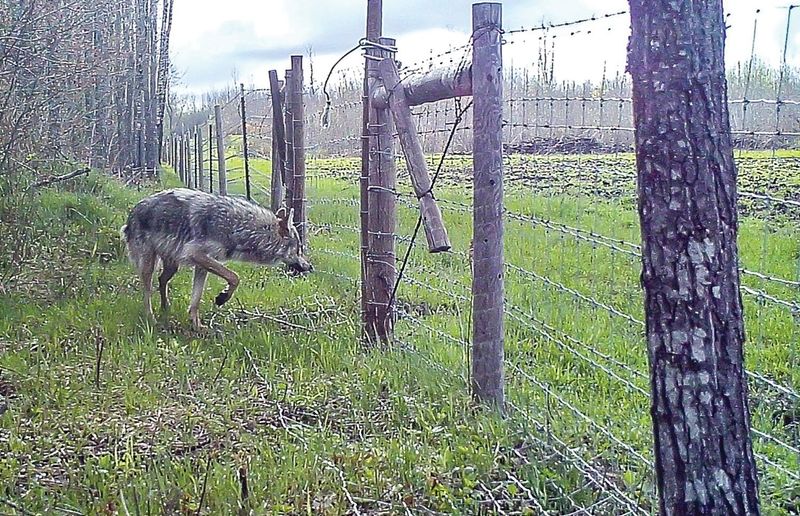
Minnesota’s mix of forests and farmland creates a perfect environment for coyotes and wolves to thrive. These predators often target livestock, posing a challenge for farmers in the region.
The state has seen numerous reports of attacks, particularly in areas where livestock graze near wooded areas. Farmers have employed various methods, such as night patrols and securing barns, to reduce incidents. However, the persistent presence of these predators requires constant vigilance.
Minnesota’s agricultural community actively collaborates with wildlife experts to develop better strategies for coexistence, striving to reduce livestock losses while respecting wildlife habitats.
Wisconsin
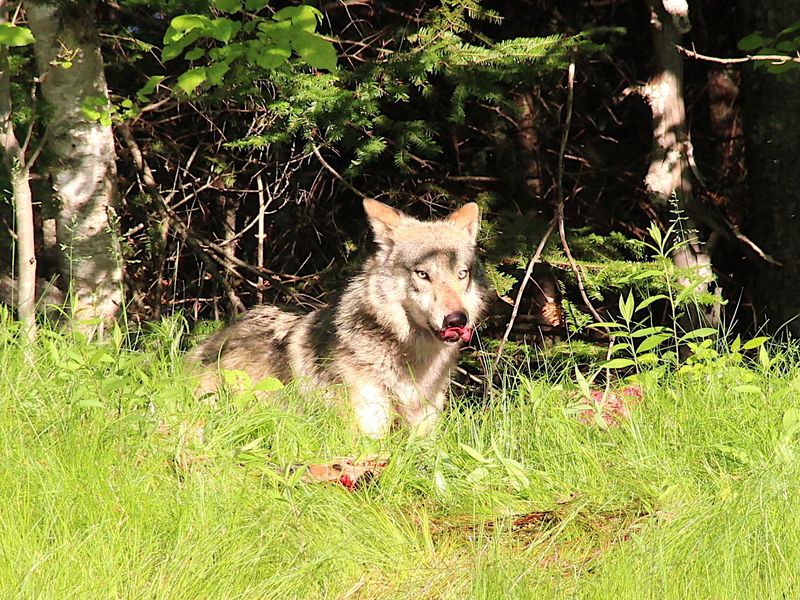
Wisconsin, with its expansive farmland and wooded regions, faces significant challenges from wolf and coyote attacks on livestock. The state’s farmers frequently report these predators preying on cattle and sheep, particularly in areas with dense cover.
To counter this threat, many have adopted proactive measures, such as installing motion-activated lights and alarms to deter nocturnal hunters. These strategies, while helpful, require constant adaptation as predators become accustomed to deterrents.
Wisconsin’s farming community remains committed to finding effective solutions, working with experts to protect their livestock from these relentless predators while supporting biodiversity.
Michigan
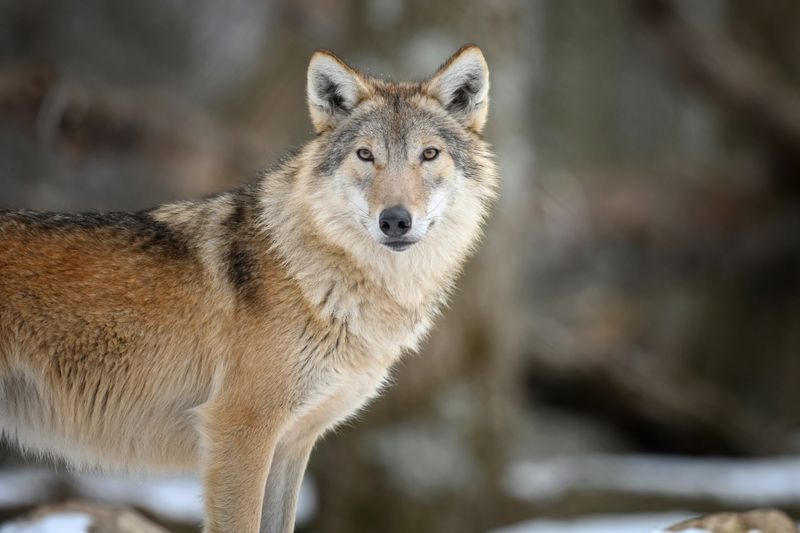
In Michigan, the interplay between dense forests and agricultural lands presents ongoing challenges for livestock preservation. Coyotes and wolves are known to venture into farm areas, causing concerns for farmers.
Livestock predation reports are common, especially near forested regions where these predators can hide. Many farmers have resorted to technological solutions, such as surveillance cameras and alarm systems, to monitor and deter attacks.
The need for innovative approaches is constant, as predators adapt to these deterrents. Michigan’s farmers continue to collaborate with wildlife agencies to address these challenges, ensuring the safety of their livestock.
Oregon
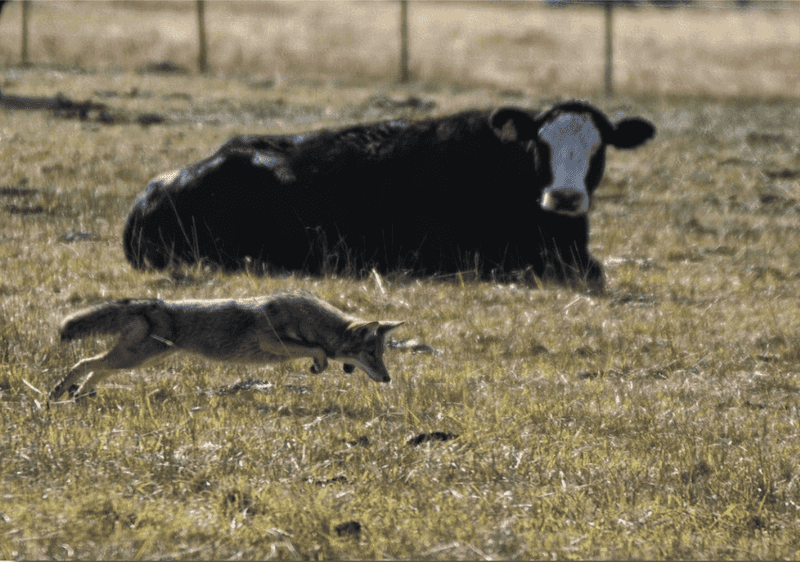
Oregon’s diverse ecosystem supports a population of wolves and coyotes that often come into conflict with agricultural interests. Attacks on livestock, especially sheep and calves, are a frequent issue for farmers in the state.
To combat these threats, many have invested in protective measures such as fencing and guardian animals. The vast and varied terrain of Oregon presents unique challenges, requiring adaptable strategies to safeguard livestock.
Despite these efforts, the state’s farmers must remain vigilant, as the cunning nature of these predators often results in continued losses. Collaboration with wildlife experts is essential in developing effective protection plans.
Washington
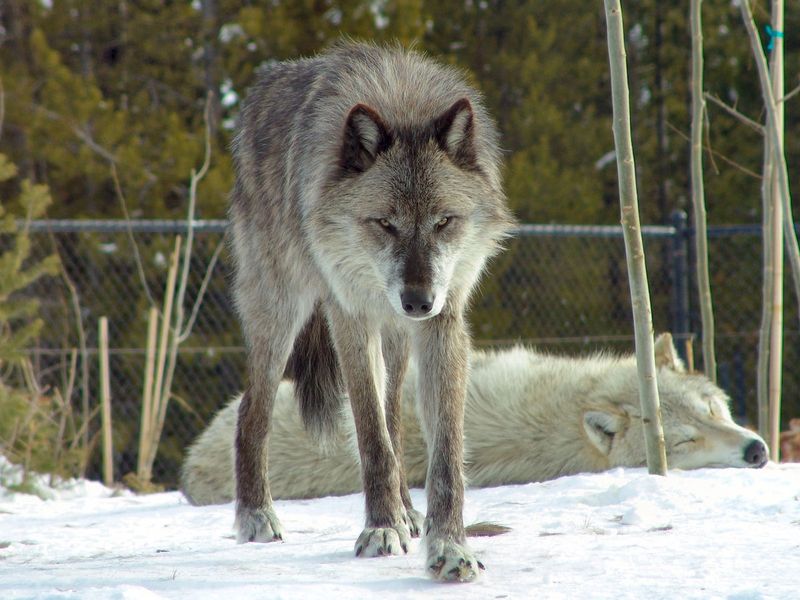
Washington state, with its mix of urban and rural landscapes, experiences frequent wolf and coyote encounters with livestock. The state’s farmers report regular attacks, particularly in regions where livestock graze near forested areas.
These predators are known for their intelligence and adaptability, making them formidable opponents. Farmers have implemented various strategies, including using guard animals and securing enclosures, to protect their livestock.
However, the ongoing threat requires continuous adaptation and vigilance. Washington’s agricultural and wildlife communities work together to develop sustainable methods of coexistence, aiming to reduce conflicts while preserving the state’s rich biodiversity.
Colorado
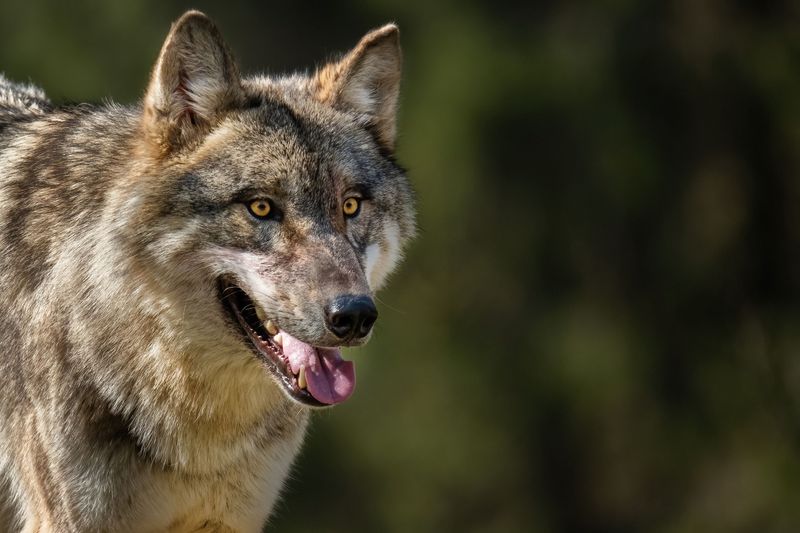
Colorado’s vast landscapes, stretching from plains to mountains, create an ideal habitat for wolves and coyotes. These predators pose a significant threat to livestock, particularly in remote areas where monitoring is challenging.
Ranchers in Colorado frequently report attacks, prompting the use of innovative techniques such as GPS tracking and drones for surveillance. Despite technological advancements, the state’s rugged terrain presents ongoing challenges for livestock protection.
Continuous efforts to adapt to these conditions are essential, as predators remain a constant threat. Farmers collaborate with wildlife management agencies to find effective solutions to safeguard their herds.
Arizona
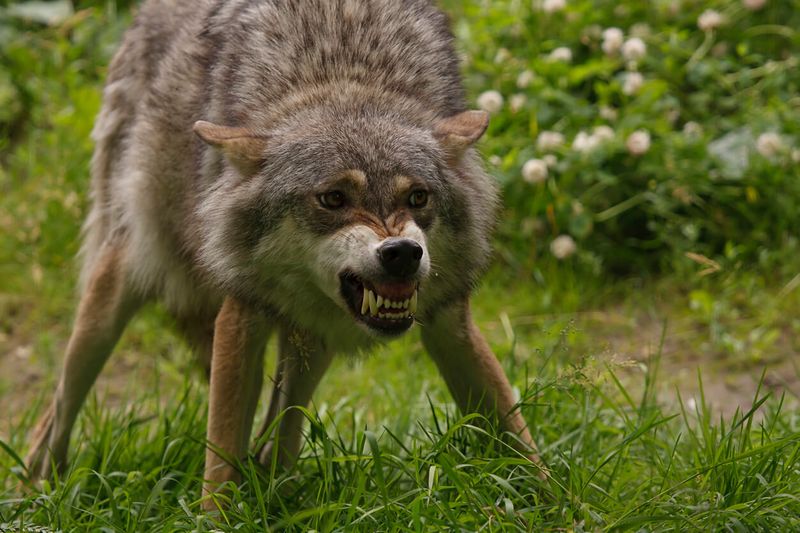
In Arizona, the arid climate and rugged terrain present unique challenges for livestock protection against coyotes and wolves. These predators are well-adapted to the harsh conditions, making them a persistent threat to farmers.
Reports of livestock attacks are frequent, particularly in areas bordering wildlands. Many farmers have adopted non-lethal methods, such as guardian animals and noise deterrents, to reduce predation.
Despite these efforts, the need for constant vigilance remains, as the cunning nature of these animals often leads to continued losses. Collaboration with wildlife experts is crucial in developing effective and sustainable protection strategies.
New Mexico
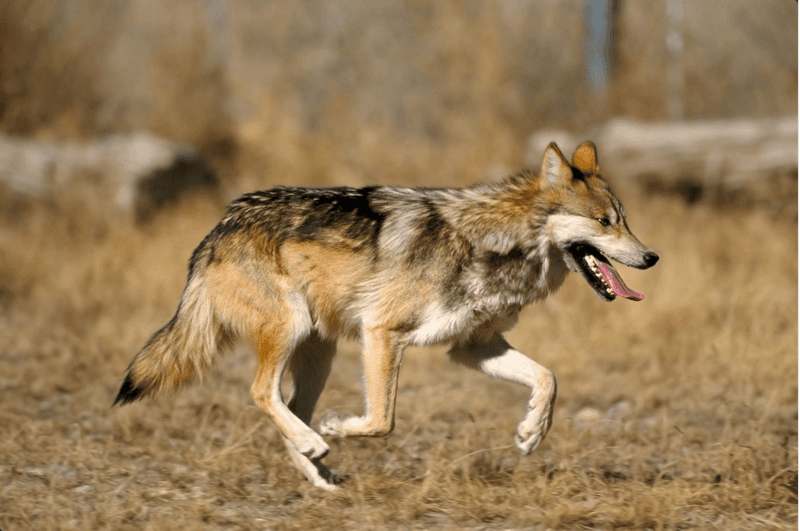
New Mexico’s expansive deserts and mountains provide a habitat for coyotes and wolves, leading to frequent livestock attacks. Farmers face ongoing challenges in protecting their herds from these predators, particularly in remote areas.
Many have turned to innovative methods, such as using drones for surveillance and guardian animals for protection. Despite these efforts, the vastness of New Mexico makes it difficult to completely prevent attacks.
Collaboration with wildlife management agencies is essential for developing effective strategies. Farmers remain committed to safeguarding their livestock, balancing the needs of agriculture with the preservation of the state’s wildlife.
Texas
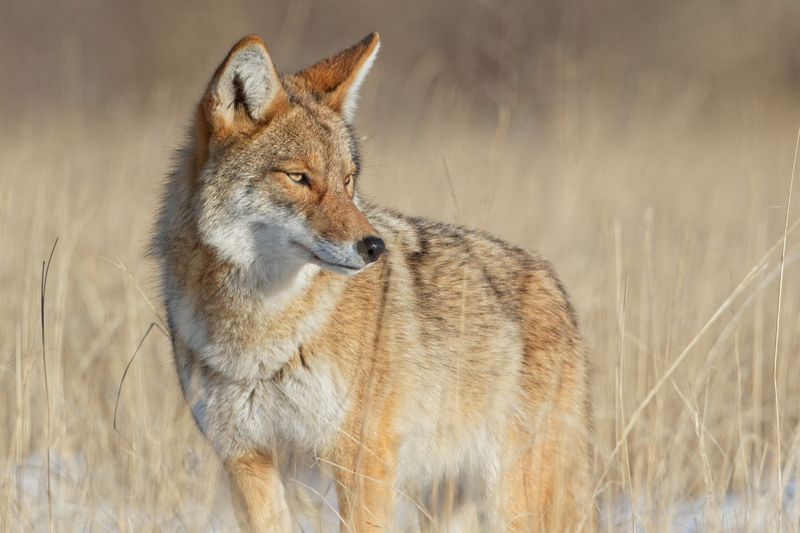
Texas, known for its vast ranches and diverse wildlife, frequently reports coyote and wolf attacks on livestock. The state’s farmers face ongoing challenges in protecting their herds from these cunning predators.
Many have implemented advanced fencing and surveillance systems to deter attacks. However, the size of Texas and its varied terrain make complete protection difficult.
Ranchers are constantly seeking new methods and technologies to safeguard their livestock. Collaboration with wildlife experts and neighboring communities is crucial, as the state continues to address the complex issue of predator-livestock interactions while maintaining its rich biodiversity.
Utah
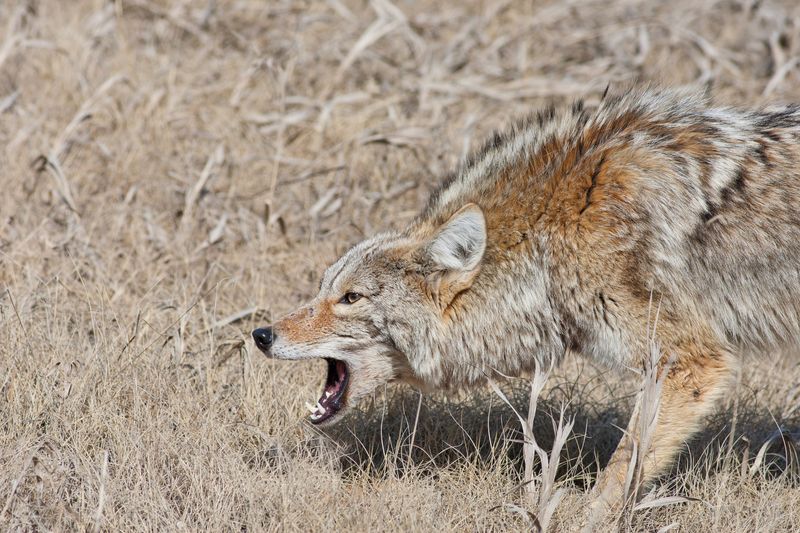
Utah’s diverse landscape, from deserts to mountains, provides an ideal habitat for coyotes and wolves. Farmers in the state frequently report livestock attacks, particularly in areas with difficult terrain.
To combat this, many have adopted innovative methods, such as using livestock guardian dogs and employing electronic deterrents. Despite these efforts, the persistent presence of predators requires ongoing vigilance and adaptability.
Utah’s agricultural community works closely with wildlife biologists to develop effective strategies for protecting livestock, ensuring the balance between agricultural needs and wildlife conservation is maintained across the state’s varied environments.
Nevada
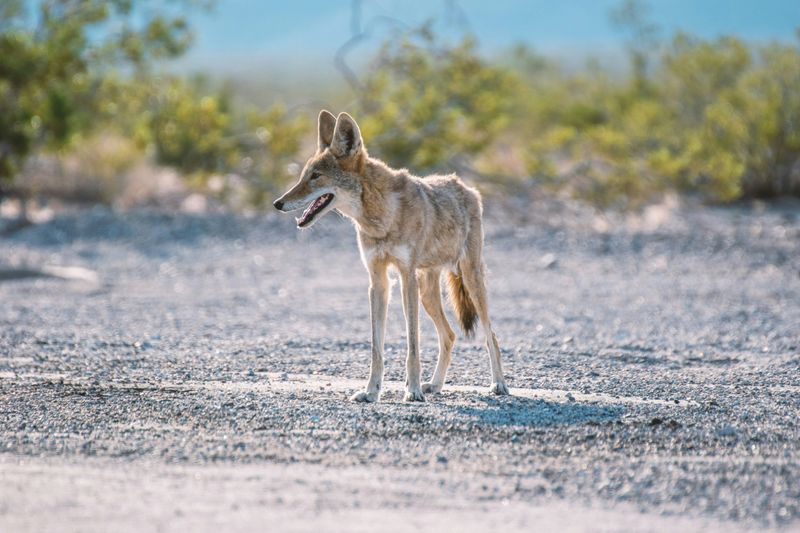
Nevada’s harsh desert environment and mountainous regions create challenges for livestock protection against wolves and coyotes. These predators are well-adapted to the arid conditions, making them a significant threat to farmers.
Reports of attacks are common, particularly in remote areas with limited human presence. Farmers have employed various measures, such as using high-tech surveillance and guard animals, to deter predation.
However, the vastness of Nevada makes it difficult to completely prevent these incidents. Collaboration with wildlife experts and investment in new technologies are essential for protecting livestock while preserving the state’s unique natural heritage.
California
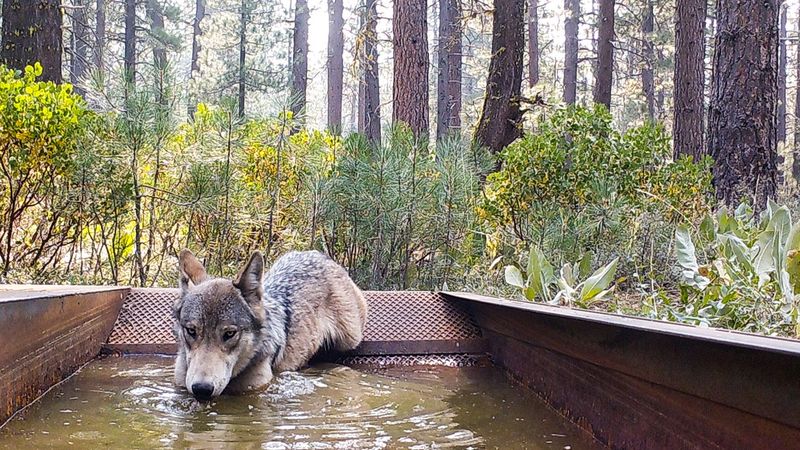
California’s diverse landscapes, from coastal regions to mountains, provide a habitat for coyotes and wolves that often come into conflict with agriculture. Livestock attacks are frequent, particularly in regions with dense cover.
Farmers have implemented various deterrents, such as guard dogs and fencing, to protect their herds. Despite these efforts, the vast and varied terrain poses ongoing challenges.
California’s agricultural community continues to seek innovative solutions, working closely with wildlife agencies to balance livestock protection with the conservation of the state’s rich biodiversity. The need for adaptive strategies remains critical in these efforts.
North Dakota
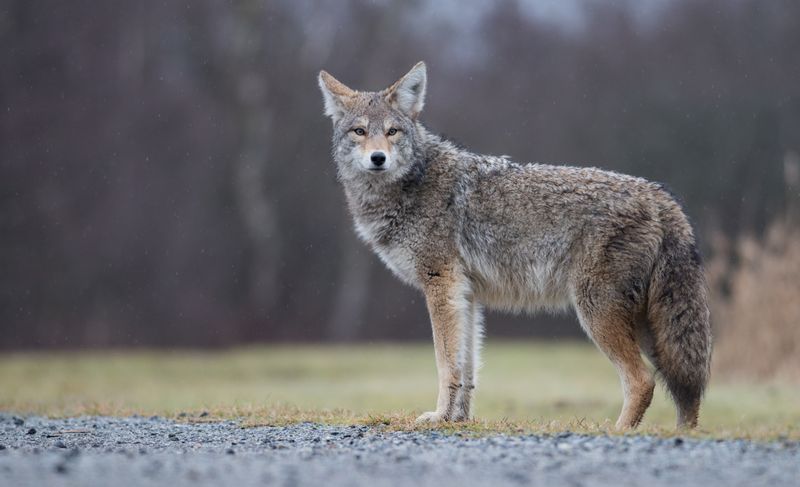
North Dakota’s wide-open spaces provide an ideal habitat for wolves and coyotes, making it a hotspot for livestock attacks. The vast plains allow these predators to roam freely and hunt livestock, often unnoticed until it’s too late.
Farmers in the region have been adopting various strategies to protect their livestock, from using guard animals to installing predator-proof fencing. The state’s agriculture department is actively involved in providing resources and assistance to farmers to mitigate these attacks.

